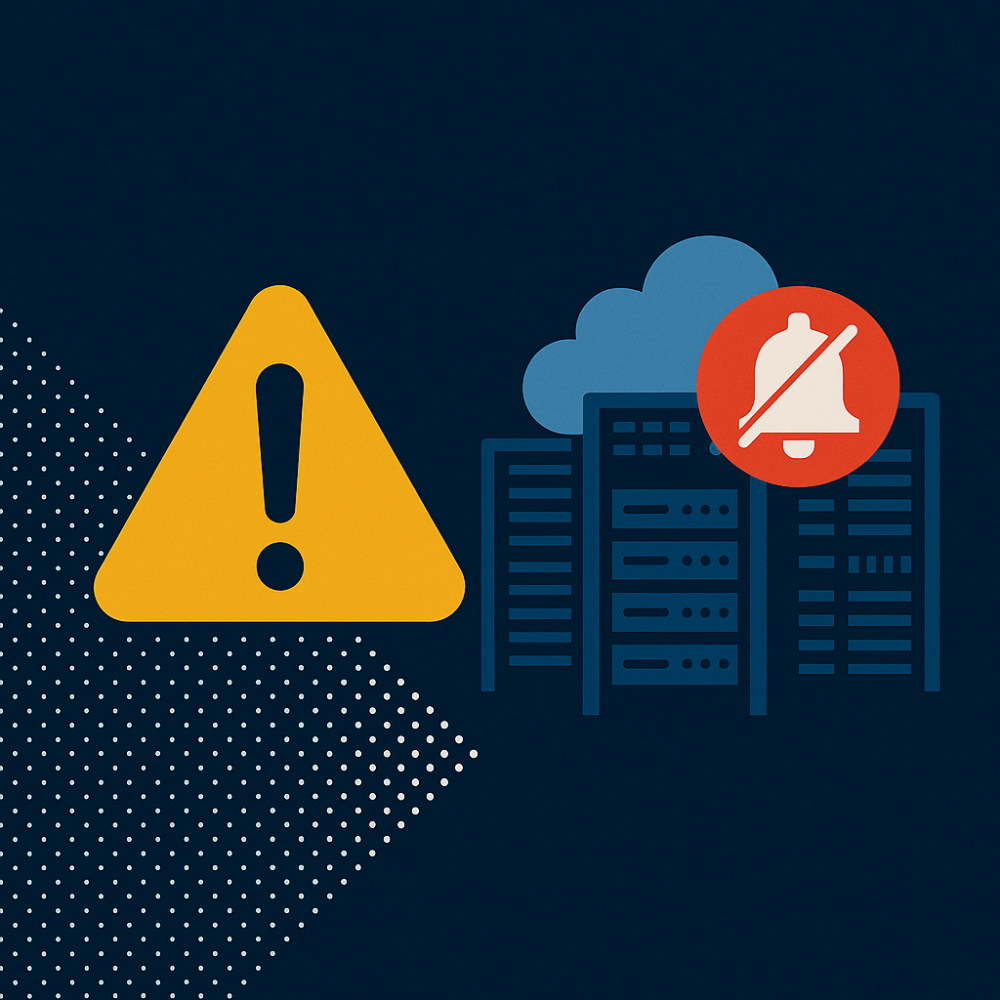Data center efficiency is key. The data center industry is evolving rapidly, with unprecedented demand driven by technologies like AI, the cloud, and large-scale digital operations. With this growth comes a pressing need to optimize efficiency, manage power, and ensure reliable uptime in a competitive landscape.
In a recent presentation, Jacqueline Davis, Research Analyst at Uptime Institute, highlighted some critical industry challenges—from Power Usage Effectiveness (PUE) inconsistencies to the operational hurdles in deploying new cooling technologies. Here’s a closer look at some of these challenges and how MCIM’s mission-critical facility management platform can help overcome them.
Power Usage Effectiveness (PUE) and Its Financial Impact
PUE has long been a benchmark for measuring data center efficiency, but Jacqueline emphasized its limitations, particularly as operators struggle with outdated facilities. Many older data centers continue to operate with PUE ratings around 1.5 or higher, and while newer facilities might aim for better metrics, a large share of data centers remain inefficient. This inefficiency translates directly into operational costs, with fixed PUE contracts creating financial strain on data centers running above their target efficiency levels.
In a high-stakes industry, the cost of inefficiency can be staggering, underscoring the need for solutions that help monitor, measure, and improve performance across a facility’s lifecycle.
The Cooling Conundrum: Balancing New Technologies and Operational Challenges
Cooling remains one of the most critical and complex aspects of data center management, especially as power demands rise. Jacqueline noted that direct liquid cooling is starting to gain traction, especially in high-density environments where traditional air-cooling systems fall short.
However, many facilities are hesitant to adopt liquid cooling fully due to concerns about operational reliability and maintenance challenges. This cautious approach results in a fragmented landscape where some facilities rely on traditional methods, while others cautiously adopt newer solutions like immersion and cold plate cooling only when absolutely necessary.
In Europe, constrained power availability is accelerating the adoption of liquid cooling technologies, highlighting the regional differences that impact cooling strategies worldwide. Despite the push toward efficiency, many enterprises face practical and financial obstacles in making the leap to high-density cooling solutions.
Aging Data Centers: Balancing Longevity with Efficiency
A significant challenge identified by Jacqueline is the prevalence of aging data centers. These facilities, often over a decade old, were not designed for today’s high-density computing needs and have limited capacity for modernization. Retrofitting older facilities to meet modern efficiency standards is a costly endeavor and is sometimes unfeasible. Yet, many organizations continue to rely on these data centers, further stalling industry-wide improvements in efficiency.
For data center operators, understanding the lifecycle and limitations of existing infrastructure is essential. Without proper insights and planning tools, operators risk increasing costs and falling behind in efficiency standards critical to staying competitive.
How MCIM Can Help Address These Challenges
As Jacqueline’s insights reveal, the path to optimized data center operations is filled with challenges—but MCIM offers the tools and insights that can turn these hurdles into opportunities for growth, efficiency, and competitive advantage.
- Improving Data Center Efficiency: MCIM provides a comprehensive platform that integrates workflow, operational intelligence, and predictive maintenance, giving operators a “single pane of glass” view into their facility’s health. By enabling real-time monitoring and actionable insights, MCIM empowers operators to manage PUE more effectively, helping to reduce operational costs tied to inefficiencies.
- Cooling Strategy Optimization: MCIM’s benchmarking and analytics tools allow operators to compare their cooling efficiency against industry standards and peers, providing data-driven insights to guide decisions on cooling technology upgrades. With MCIM’s support, data center operators can assess where and when it makes sense to invest in liquid cooling or enhanced air-cooling solutions, aligning operational improvements with budgetary constraints.
- Supporting Aging Infrastructure: MCIM’s asset management capabilities extend to tracking and maintaining aging facilities. Through advanced benchmarking and lifecycle data, MCIM enables operators to make informed decisions on retrofits and capital projects, identifying areas where efficiency gains are achievable. With a unified view of facility performance, operators can balance the demands of legacy systems with modern-day efficiency expectations.
Why Choose MCIM for Data Center Efficiency?
In a market that demands operational excellence, MCIM stands out by providing a clean dataset of infrastructure performance, backed by over a decade of experience across 20,000 mission-critical facilities. This foundation allows MCIM to deliver reliable, actionable insights that help data center operators:
- Mitigate operational risks and improve reliability
- Enhance cooling and power efficiency for cost savings
- Transition from reactive to predictive maintenance
- Benchmark performance against peers and industry standards
MCIM is more than just a management tool; it’s a strategic partner in navigating the complexities of the data center industry. By integrating data and digitizing workflows, MCIM empowers data centers to meet today’s challenges head-on, paving the way for a sustainable, efficient future in mission-critical facility management. To learn more, please visit [insert UTM encoded URL]



